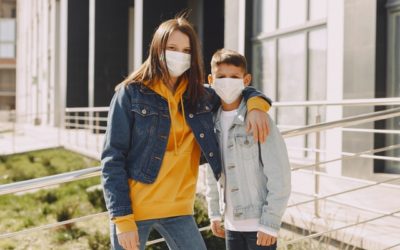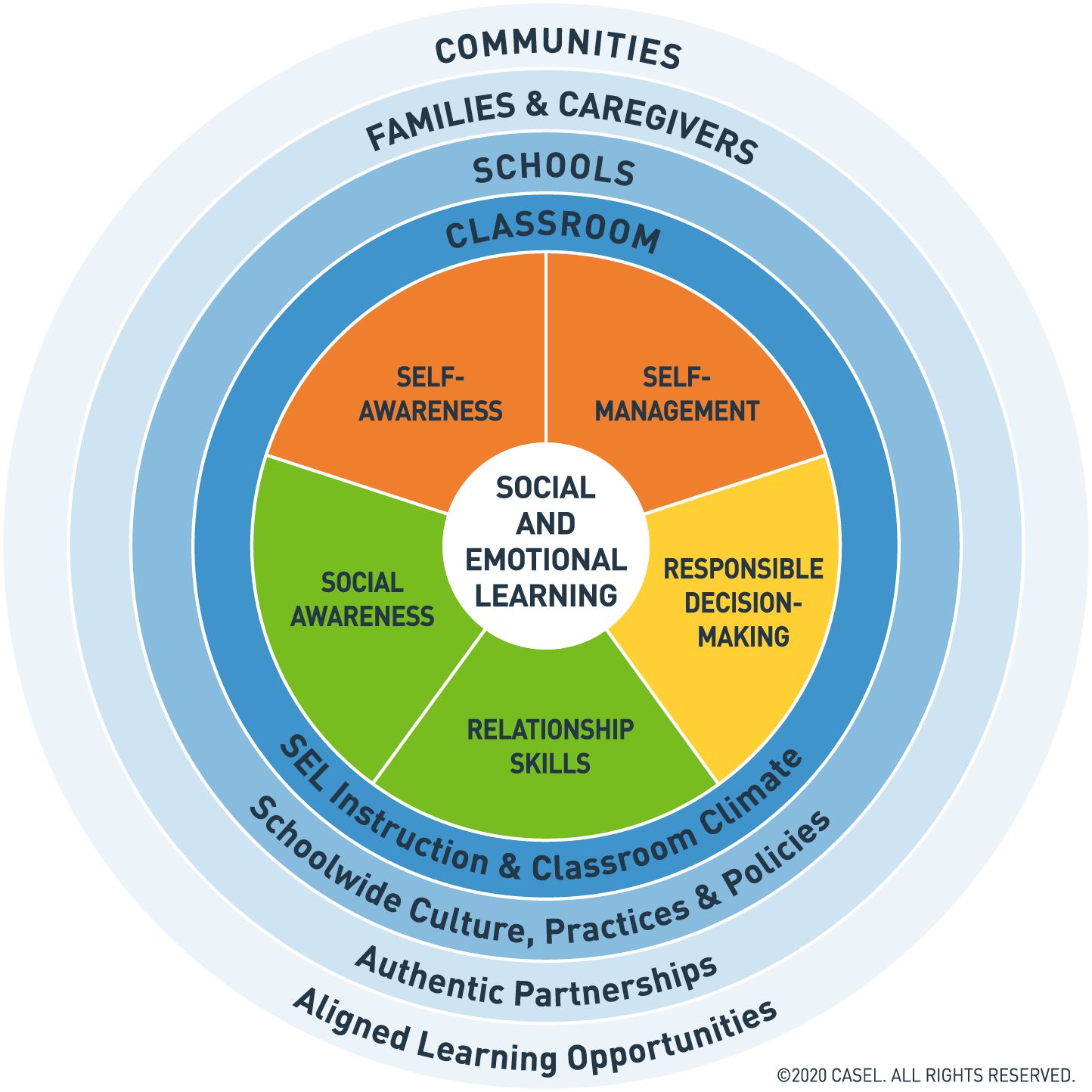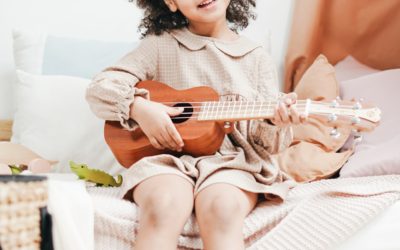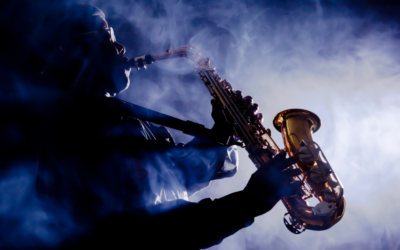Getting less than the required amount of sleep can affect your health, your mood, and your brain’s ability to function. This is true for children and adults. The longer you go without the sleep you need, the more the harmful effects compound. The recommended hours...

Using Creative Arts Therapy to Treat Eating Disorders
With so many health concerns in our country and worldwide it is easy to focus on the pandemic as the leading health concern. The reality is, especially during the pandemic due to the added anxiety and unpredictability, the intensity for those with eating disorders has risen, and this rise has been documented in children as young as 7 years old.
Worldwide, over 70 million people are estimated to be affected by an eating disorder, including anorexia, bulimia, binge eating disorder, and otherwise specified feeding eating disorders (OSFED). Eating disorders have the HIGHEST MORTALITY RATE of any psychiatric illness. They affect people of all genders, sexual orientations, ages, socioeconomic class, abilities, races, and ethnic backgrounds.
Children are increasingly becoming affected by diet culture and body shame. Studies show 40%-60% of girls 6-12 years old are worried about their body shape or weight. 80% of girls have been on a diet by the 4th grade. Of elementary school-aged kids, 69% of those who read magazines say they have influenced their body image, and 47% say the pictures make them want to lose weight.
While parents are not to blame for eating disorders, they can be a very positive force when it comes to recognizing the signs, seeking out the right type of therapy, and helping their young child recover. Some of the symptoms to look for are the refusal to eat, reduction in portion size, actively dieting, sudden changes in the diet, or social withdrawal. However, some signs that a parent may not as easily notice may include body image concerns, fine hair growing on their body, hiding or hoarding food, weight loss hidden by baggier clothes, a sudden interest in excessive exercising, finding excuses to not be able to eat with others, and becoming angry when offered food.
It takes a team of professionals to join families in helping their child or teenager recover. Good news! When treated EARLY and correctly, eating disorders have the highest and fastest recovery rate!
The therapeutic team is usually a group of clinicians and professionals who can guide the child with an eating disorder through the treatment and recovery process. Because of the complex nature of eating disorders, treatment for an eating disorder can often mean working with several qualified practitioners. Creative Art Therapists may take part in the recovery of a child or teen struggling with a diagnosed eating disorder.
Talk therapy is especially hard for individuals with an eating disorder. They tend to be resistant to talk about the very thing that creates enormous anxiety for them. Creative Art Therapists use music, art, creative writing, and movement to offer a safe space for self-expression and self-discovery.
Creative Art Therapists may choose to use music with or without lyrics for relaxation exercises, learning proper breathing, or to address a particular topic such as body image. Lyrics of the song can be discussed and even rewritten to fit what the individual wants to say or feels. Writing an original piece of music or song with the assistance of the trained professional can be a powerful way to gain new insight. Some clients find improvisation helpful in breaking out of their usual strict and ritualistic thoughts. Younger children tend to prefer upbeat music elevating their mood and distracting them from unhelpful thoughts. Visuals paired with music might even be more engaging for some individuals.
This video is one example of a book adapted into a song that might be used in therapy.
Embrace Song and Video by Pevan & Sarah adapted from the book Embrace Your Body written by Taryn Brumfitt from Body Image Movement
Creative Art Therapists may use art in the treatment of an individual who suffers from an eating disorder. The materials offered can include paint, masks, pastels, boxes, and a few extra materials on the table. The table becomes a place to begin an exploration using color, texture, patterns, shapes, two dimensional or three-dimensional pieces. For people who suffer from eating disorders, art can offer a place of healing or simply an activity of distracting or self-soothing. Art therapy, led by a qualified professional, can allow for a time of rest for a busy mind. For a moment, it can assist in turning the mind from a willful place to a willing and visual perspective toward what recovery may look like, and that it is possible.
Contact us if you or someone you know is looking for help with an eating disorder.
8 Strategies For Quality Sleep
August Book: Hands to Heart
Blog post written by Kayla Davitt, MT-BC Song performed and recorded by Jamie Swieringa, MT-BC Stress. Stress of the unknown, stress of responsibilities. Now more than ever, we find ourselves in a time full of uncertainty. With schools announcing their plans for...
Emotional Wellbeing in Our Children: What Should We Look For?
One of our top priorities since the middle of March has been to carefully watch for the emotional wellbeing of our students, and their families once we began remote therapy sessions. As children were approved by each school district to receive music therapy through a...



















